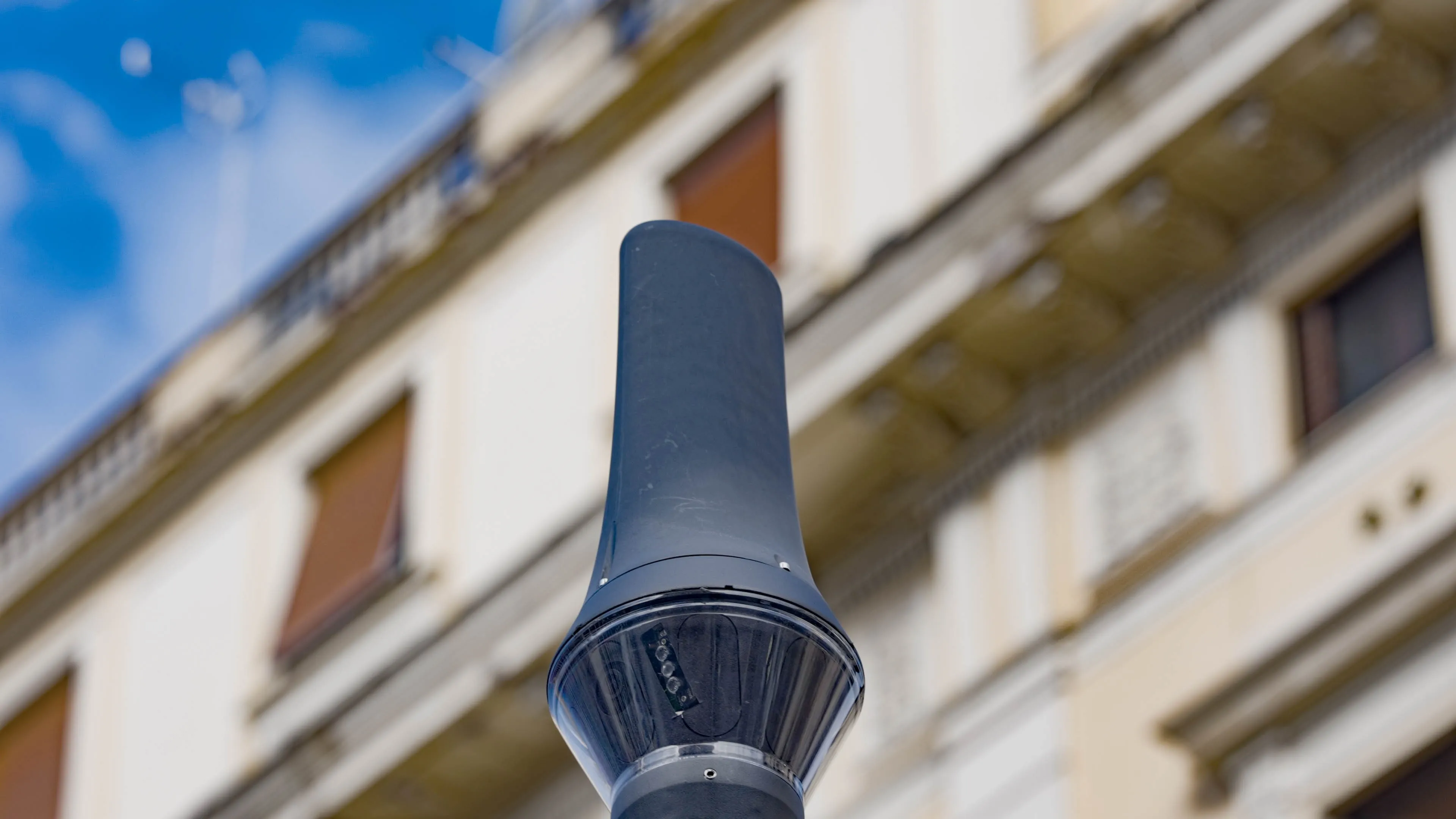Lumenera claims its LtX45R cameras, based on Sony’s Pregius GS CMOS technology, provide CCD-like performance with increased frame rates and crisp, clear distortion-free images.
The USB 3.1 Gen camera provides smear-free still images even when strong light sources are present in the frame, the company adds. Other features include a P-Iris connect for support of precise iris lens control, low read noise, USB3 Vision and Windows and Linux software development kits. Lumenera offers several GS CMOS camera model
October 25, 2018
Read time: 1 min
The USB 3.1 Gen camera provides smear-free still images even when strong light sources are present in the frame, the company adds.
Other features include a P-Iris connect for support of precise iris lens control, low read noise, USB3 Vision and Windows and Linux software development kits.
Lumenera offers several GS CMOS camera models based on Sony’s second generation IMX sensors ranging in resolution from 3MP to 12MP.
Stand: 1F79










